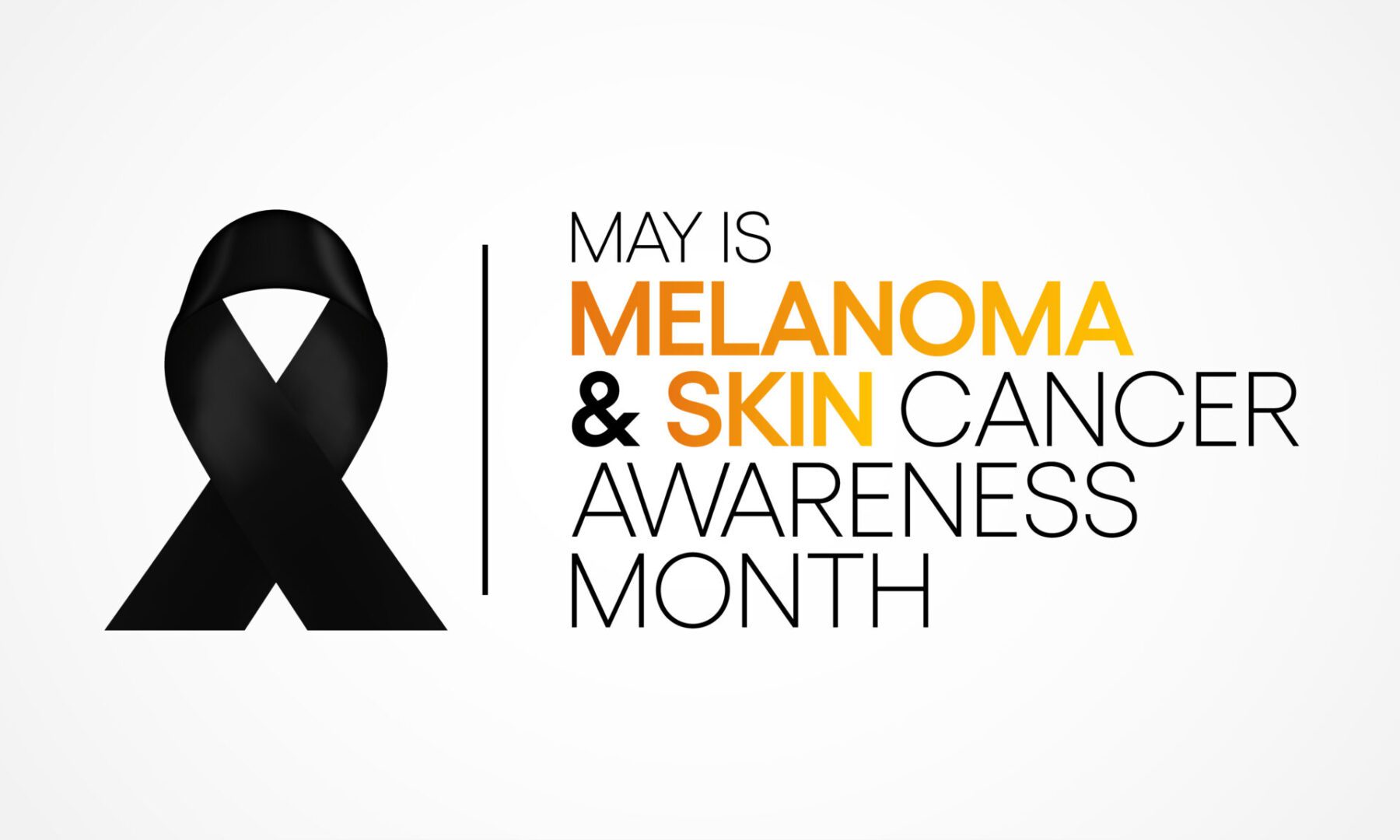Search by Color or Cause


May is Melanoma and Skin Cancer Awareness Month. In addition, skin cancer is the most common cancer in the United States. Further, melanoma is the third most common type of skin cancer that begins in the melanocytes. These cells give you your skin color. Melanoma may begin as a mole.
The warm May weather encourages people to spend more time outdoors. For this reason, Melanoma and Skin Cancer Awareness Month takes place during this time of year. Wear orange to raise skin cancer awareness. Wear black to raise melanoma awareness. Both color awareness products are available in a personalized and non-personalized version. They include an enamel awareness ribbon pin, fabric ribbon, and silicone awareness wristband bracelet.
Cancer is a disease in which cells in the body grow out of control. When cancer starts in the skin, it is called skin cancer. Some people are at higher risk of skin cancer than others, but anyone can get it. The most preventable cause of skin cancer is overexposure to ultraviolet (UV) light. This is either from the sun or from artificial sources like tanning beds.
Basal and squamous cell carcinomas are the two most common types of skin cancer. They begin in the basal and squamous layers of the skin, respectively. In addition, melanoma, the third most common type of skin cancer, begins in the melanocytes.
The skin is the body’s largest organ. Skin has several layers, but the two main layers are the epidermis (upper or outer layer) and the dermis (lower or inner layer).
Skin cancer begins in the epidermis, which is made up of three kinds of cells:
Basal and squamous cell carcinomas are the two most common types of skin cancer. They begin in the basal and squamous layers of the skin, respectively. Both can usually be cured, but they can be disfiguring and expensive to treat. Melanoma, the third most common type of skin cancer, begins in the melanocytes. Of all types of skin cancer, melanoma causes the most deaths because of its tendency to spread to other parts of the body. This includes vital organs.
Most cases of skin cancer are caused by overexposure to ultraviolet (UV) rays from the sun, tanning beds, or sunlamps. UV rays can damage skin cells. In the short term, this damage can cause a sunburn. Over time, UV damage adds up, leading to changes in skin texture, premature skin aging, and sometimes skin cancer. UV rays also have been linked to eye conditions such as cataracts.
People with certain risk factors are more likely than others to develop skin cancer. Risk factors vary for different types of skin cancer.
A change in your skin is the most common sign of skin cancer. This could be a new growth, a sore that doesn’t heal, or a change in a mole. Not all skin cancers look the same.
While enjoying the benefits of being outdoors, people can decrease skin cancer risk by using sun protection. Protect yourself by staying in the shade, wearing protective clothing, and applying and re-applying a broad spectrum sunscreen with a sun protection factor (SPF) of 15 or higher.